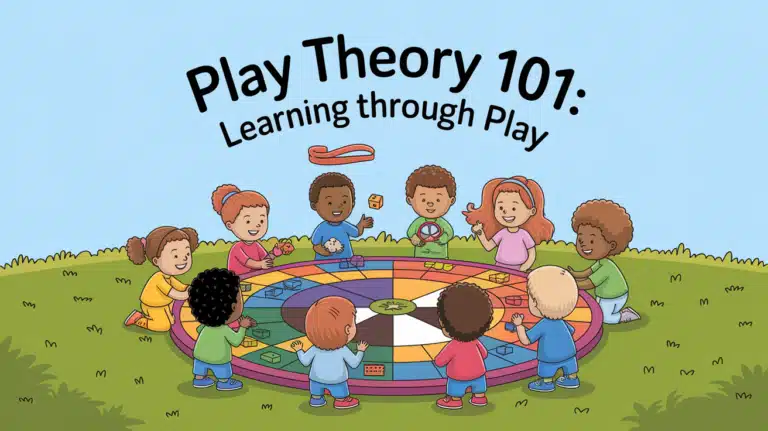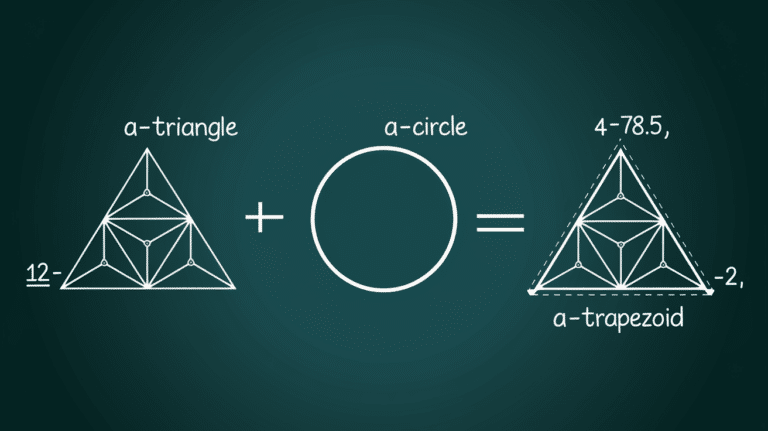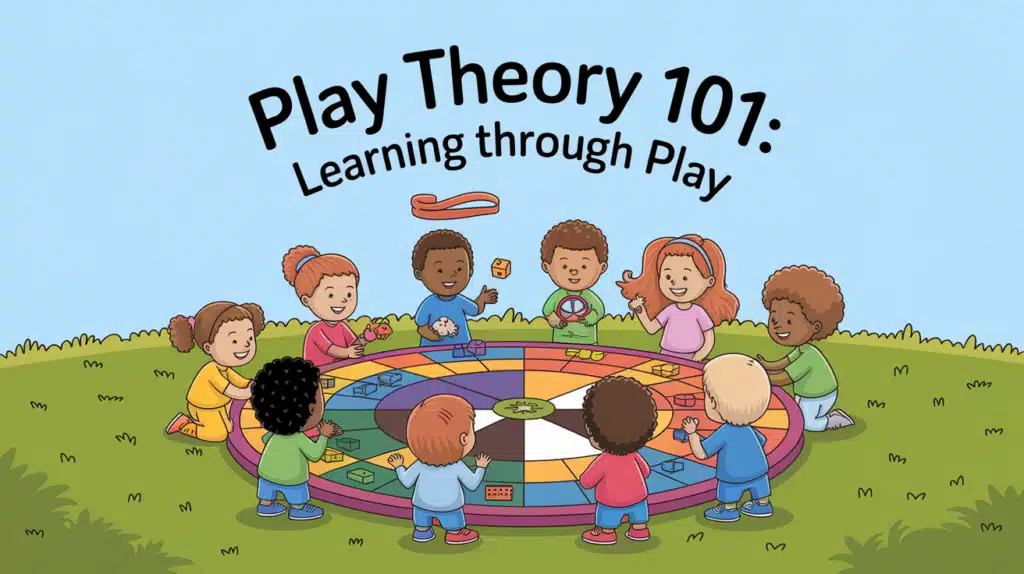Math can feel cold and rigid to many students. Numbers, formulas, and rules often create a sense of distance and confusion. This disconnect makes it hard for many people to engage with math concepts fully.
Flower Math changes this relationship completely. By linking mathematical concepts to natural patterns found in flowers, this approach creates a more intuitive and accessible path to understanding.
The visual and organic nature of flower patterns helps students connect with abstract ideas tangibly.
This blog explains how Flower Math works and why it’s effective. We’ll look at the basic principles behind this method, show real examples of how it transforms learning, and provide simple steps for teachers and parents to apply it.
You’ll also find practical activities that use this approach to make math more meaningful for learners of all ages.
Everything You Need to Know About Flower Maths
Flower Maths links natural plant patterns to mathematical concepts, making abstract ideas more concrete and approachable. The method uses actual flowers to show math in action.
At its core, Flower Maths highlights how plants follow mathematical rules. For example, many flowers have petals in Fibonacci numbers (3, 5, 8, 13), and their spiral patterns match the golden ratio.
This approach works because it connects math to something real and beautiful. Students can touch, see, and count actual objects rather than working with pure symbols.
Teachers use this method by bringing flowers to class, having students count petals, measure angles, or spot patterns. Parents can try similar activities at home during walks or with garden plants.
The method helps students who typically struggle with traditional math teaching. Learners gain a fresh perspective on numbers and patterns by showing that math exists in nature, not just in textbooks.
Why Flower Math Matters: Benefits for Learners
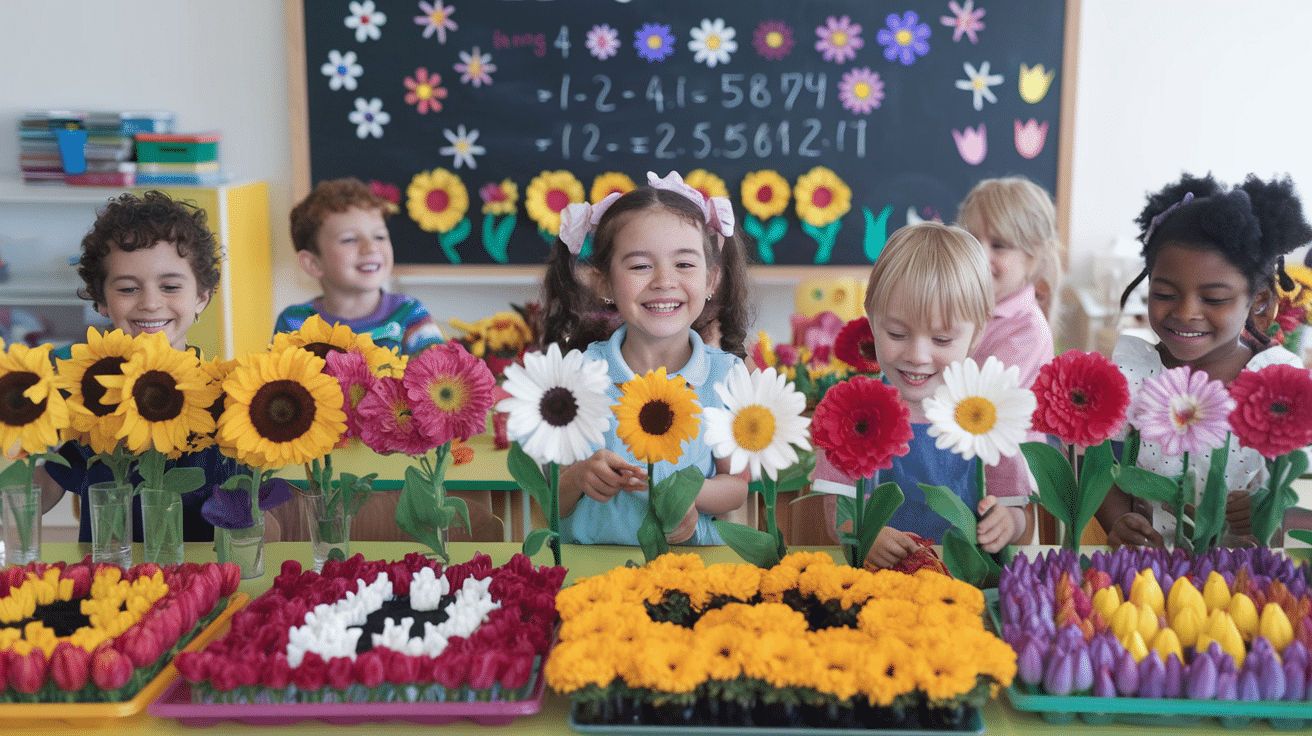
Flower Maths connects the natural world with mathematical concepts, creating a bridge between abstract ideas and tangible examples. When children study flower patterns, they’re learning complex math principles that exist all around us.
Here are some benefits of flower maths for kids:
- Makes abstract math concepts visible and touchable
- Builds natural curiosity as kids spot patterns in familiar objects
- Improves counting skills through petal and seed counting activities
- Introduces complex concepts like symmetry in a simple, visual way
- Helps kids see math as part of the natural world, not just a classroom subject
- Boosts confidence as math becomes less intimidating
- Creates memorable learning experiences that stick better than textbook examples
- Encourages outdoor learning and connection with nature
- Supports visual and hands-on learners who might struggle with traditional methods
- Provides cross-curricular learning connecting science and mathematics
Flower Math Activities Ideas: Hands-On Exercises for Kids
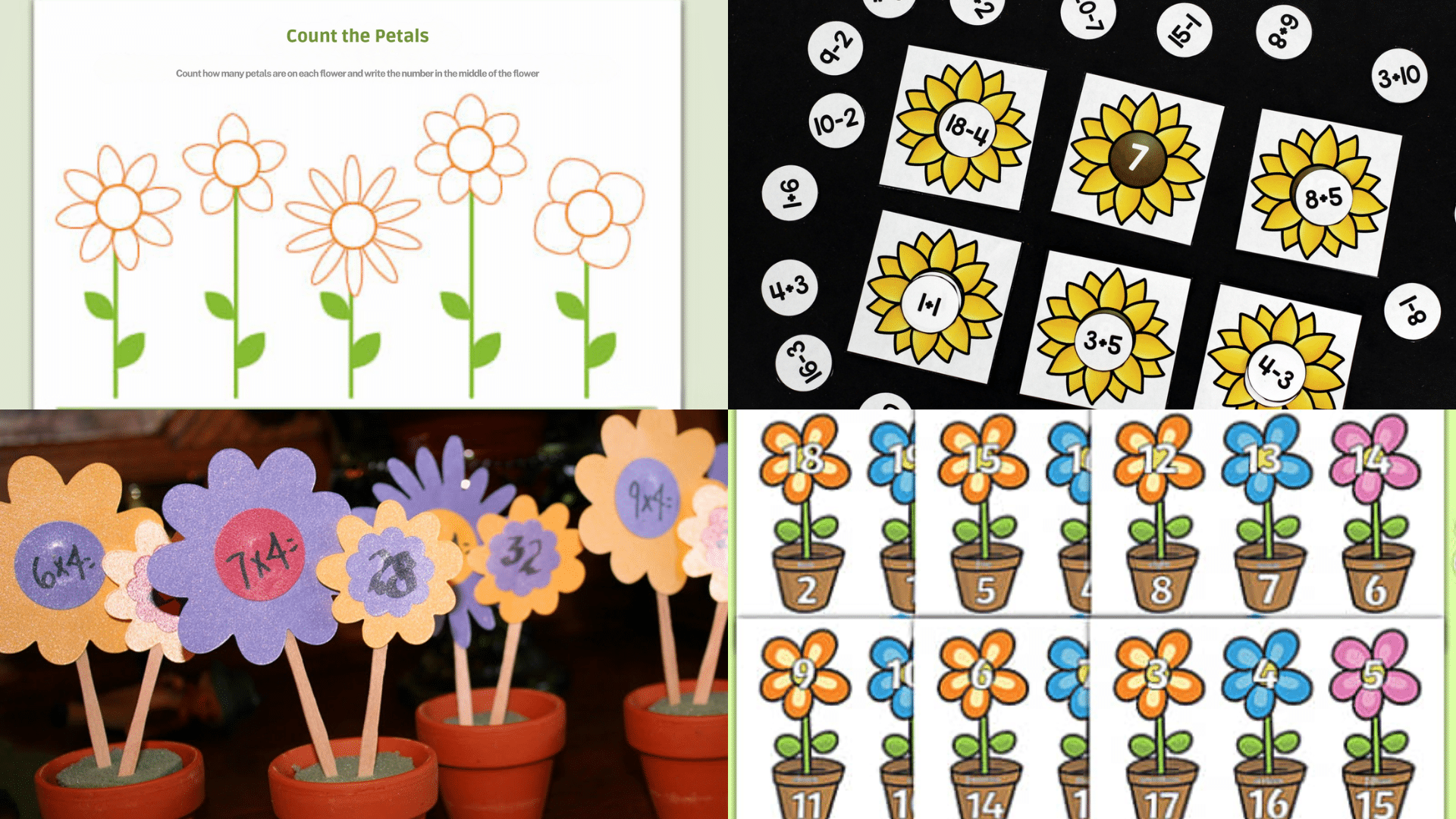
1. Count the Petals
Kids count the number of petals on each flower to build strong number recognition and counting skills. They can also compare which flower has more or fewer petals. This activity can be done with real flowers, drawings, or paper crafts.
- Materials Needed: Real or paper flowers, markers
- Ideal Age: 3–5 years
- Math Topic: Counting
- Skills Focus: Number recognition and comparison
2. Flower Addition Garden
Children solve simple addition problems by adding petals to a flower. Each petal represents a number, and they physically add or draw petals to find the total. It’s a colorful way to visualize addition.
- Materials Needed: Paper flowers, glue, number cards
- Ideal Age: 5–7 years
- Math Topic: Addition
- Skills Focus: Visualizing sums and basic math
3. Subtract with Sunflowers
Using sunflower templates, kids learn subtraction by removing petals to see how many are left. This hands-on method helps them understand the concept of taking away tangibly.
- Materials Needed: Sunflower cutouts, markers
- Ideal Age: 5–7 years
- Math Topic: Subtraction
- Skills Focus: Subtraction understanding and fine motor skills
4. Multiplication Flower Pots
Each flower pot contains a specific number of flowers, and each flower has the same number of petals. Kids multiply to find the total number of petals. It’s a great intro to grouping and multiplication.
- Materials Needed: Paper pots, flower templates, crayon
- Ideal Age: 7–9 years
- Math Topic: Multiplication
- Skills Focus: Grouping, skip counting, multiplication basics
5. Fraction Flower Fun
Kids learn fractions by dividing flower petals into halves, thirds, quarters, and more. They can color each section differently to visualize fractions in a fun and artistic way. It’s a great intro to the concept of parts of a whole.
- Materials Needed: Flower templates, colored pencils, fraction labels
- Ideal Age: 7–9 years
- Math Topic: Fractions
- Skills Focus: Identifying and representing fractions
6. Pattern the Petals
This activity has children create petal patterns using colors, shapes, or numbers. It boosts their understanding of sequencing and predicting what comes next while being highly creative.
- Materials Needed: Paper flowers, markers, stickers
- Ideal Age: 4–6 years
- Math Topic: Patterns
- Skills Focus: Pattern recognition, sequencing
7. Flower Graphing Time
Students collect flower data like favorite colors or types and organize it into a simple bar or pictograph. It’s a fun way to bring data collection and interpretation to life using a floral theme.
- Materials Needed: Graph paper, flower cutouts, crayons
- Ideal Age: 6–8 years
- Math Topic: Data and graphing
- Skills Focus: Data collection, chart reading
8. Petal Place Value
Children assign numbers to petals to represent ones, tens, and hundreds. This visual representation helps break down large numbers and makes place values more approachable and interactive.
- Materials Needed: Flower place value mats, number cards, glue
- Ideal Age: 6–9 years
- Math Topic: Place value
- Skills Focus: Number decomposition, place value understanding
9. Symmetry in Bloom
Children learn about symmetry by designing flowers with matching petals on both sides of a line. They fold paper flowers or use mirrors to see symmetrical reflections, making geometry come alive through art.
- Materials Needed: Paper, crayons, scissors, mirrors
- Ideal Age: 6–8 years
- Math Topic: Geometry
- Skills Focus: Identifying lines of symmetry
10. Color by Number Blossoms
Each petal has a math problem, and the solution determines the color. As kids solve equations, a colorful flower design appears, combining math fluency with creative expression.
- Materials Needed: Color-by-number sheets, crayons, or markers
- Ideal Age: 5–8 years
- Math Topic: Operations (Addition/Subtraction)
- Skills Focus: Math fluency, number-color matching
11. Measuring with Stems
Using rulers or non-standard tools, kids measure flower stems and compare lengths. It’s a great way to introduce measurement vocabulary and practice using real-world tools.
- Materials Needed: Rulers, real or paper stems, recording sheet
- Ideal Age: 5–7 years
- Math Topic: Measurement
- Skills Focus: Length comparison, measuring accuracy
12. Tally the Tulips
Kids count tulips in different colors or groups and keep track using tally marks. This builds early data collection and organizing skills in a simple, visual format.
- Materials Needed: Tulip images, tally chart, pencil
- Ideal Age: 4–6 years
- Math Topic: Data & Counting
- Skills Focus: Tally marks, grouping
13. Skip Count with Daisies
Each petal on a daisy is labeled with a skip-counted number. Kids fill in the petals to complete the pattern, reinforcing multiples and number sequencing.
- Materials Needed: Daisy templates, number lists, markers
- Ideal Age: 6–8 years
- Math Topic: Skip Counting
- Skills Focus: Multiples, number order
Flower Math to Traditional Methods: What’s the Difference?
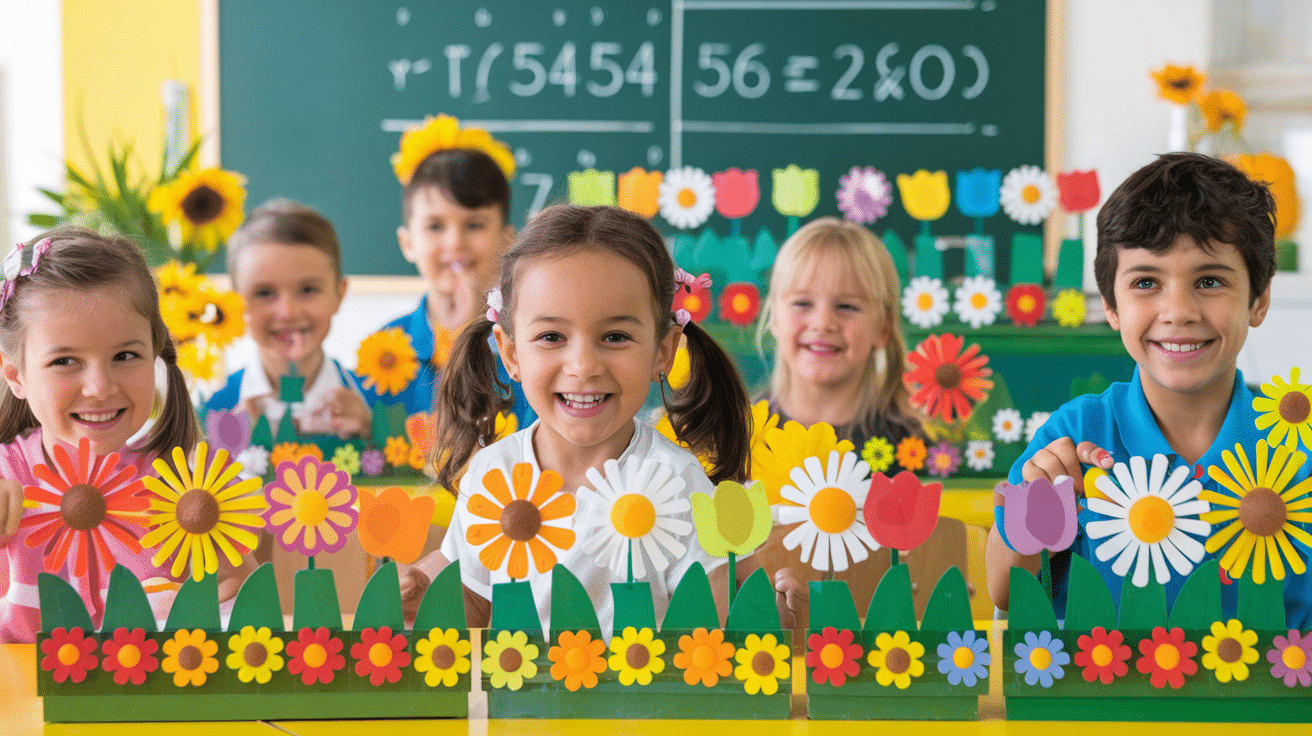
Teachers report that students who struggle with traditional math often find success with this nature-based approach. The key advantage is how it transforms math from a set of rules to be memorized into patterns to be found and learned.
Here’s a comparison table between Flower Math and Traditional Math across relevant aspects:
| Aspect | Flower Math | Traditional Math |
|---|---|---|
| Philosophy | Holistic, nature-based, focuses on patterns | Logical, structured, rule-based |
| Visual Representation | Uses flower petals, colors, and symmetry | Uses numbers, symbols, and equations |
| Learning Style | Intuitive, kinesthetic, and visual learning | Analytical, abstract, and symbolic reasoning |
| Concept Integration | Connects math to art, nature, and movement | Focuses on isolated mathematical principles |
| Emotional Engagement | Promotes calm and creativity | Neutral or stress-inducing depending on method |
| Application Focus | Aims to make math feel personal and meaningful | Prepares for standardized tests and real-world math |
| Tools Used | Colored petals, manipulatives, mandalas | Pencils, calculators, graphs, formulas |
| Creativity | Highly creative and expressive | Limited unless in advanced problem-solving |
| Curriculum Fit | Often used in alternative or Montessori settings | Common in public and formal education systems |
| Assessment Style | Observation-based, reflective learning | Grades, tests, and problem sets |
Wrapping It Up
Flower Math opens up a fresh way to see and learn mathematics. By looking at the spirals in a sunflower or counting petals on a daisy, children connect with math concepts in ways that make sense to them.
This approach doesn’t aim to replace traditional teaching but to add another tool to help students grasp important ideas.
When math comes alive through natural examples, it sticks in the mind and builds deeper understanding.
For parents and teachers looking to help children who find math challenging, Flower Math offers a practical starting point. A simple walk outside can turn into a math lesson without the stress of workbooks or tests.
The next time you see a flower, take a moment to look at its structure. You’ll find mathematics hidden in plain sight, and that’s a lesson worth sharing with any young learner.




